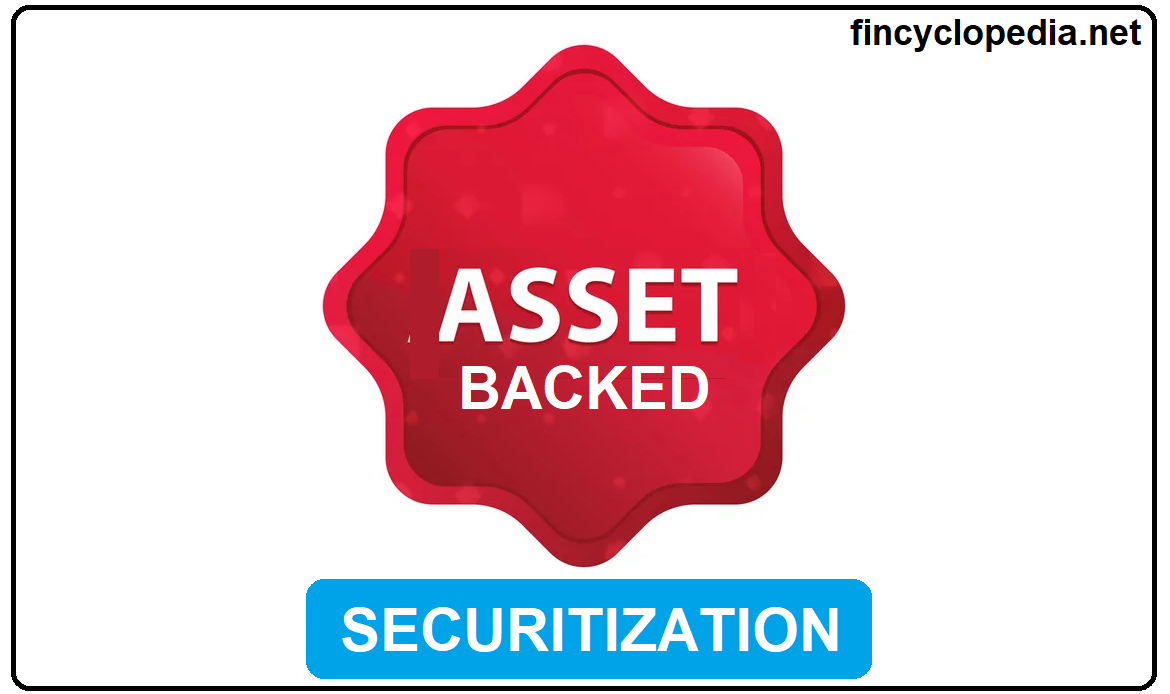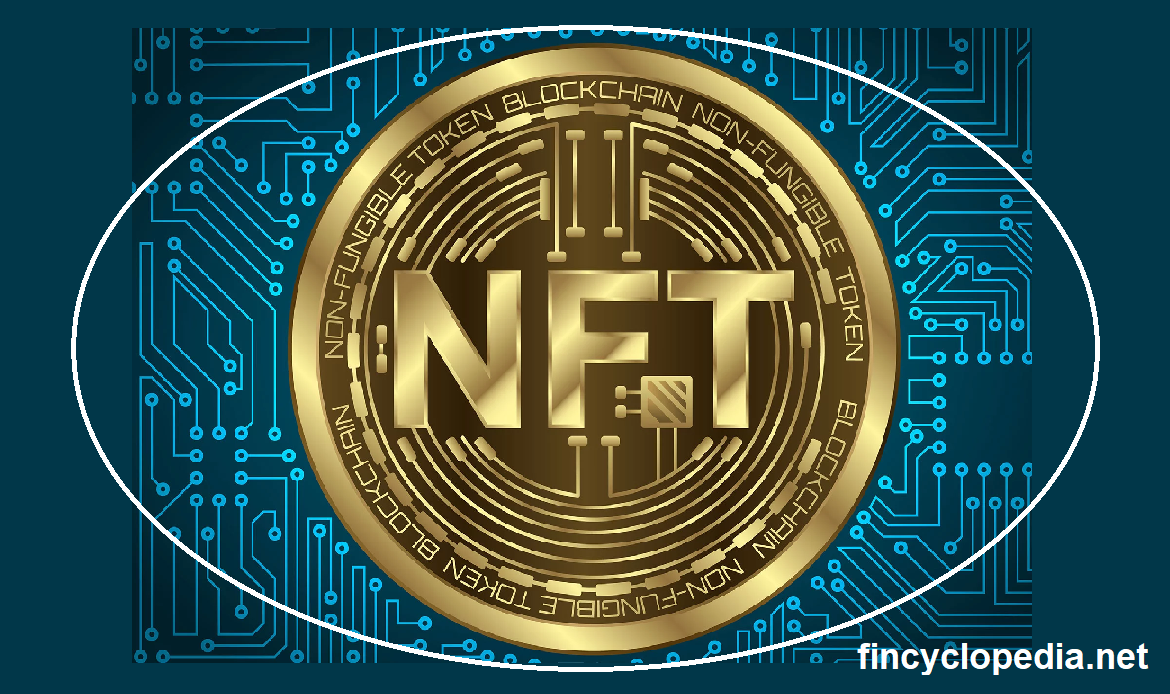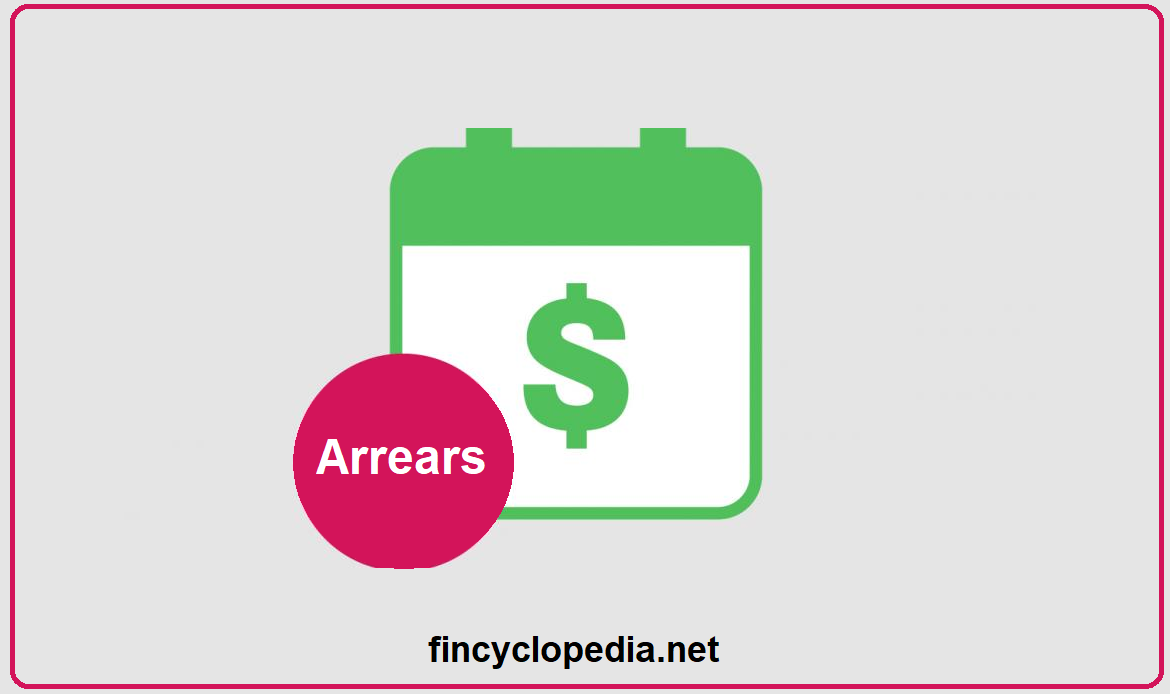A structured product (structured certificate) that allows the holder to participate in the upside performance of an underlying stock while enjoying a certain level of capital protection (subject to a downside barrier). That is, as long as the underlying stock does not drop below a preset level (i.e., the airbag), the principal amount is fully guaranteed. The airbag (typically placed between 85% and 70% of the spot price at the issue date) reduces the effect of bad performance of the underlying at maturity. If the underlying price falls below airbag, the certificate would start to lose in value, and subject to the distance of the buffer from the airbag level: the wider the buffer, the greater the leverage and the impact of loss.
A typical airbag certificate consists of three components: 1) a long at-the-money call (ATM call) which provides the upside, 2) a long zero-strike call and 3) a short call with a strike set at the upper end of the airbag. The last two components together form a ratio call spread which, per se, provides the downside.
Bonus certificates belong to the broader class of equity structured products/ participation products and specifically yield products (yield enhancement products).






